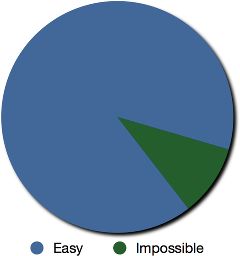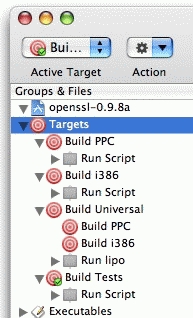“The never-ending notary nuisance,” or, “infinite loop at Infinite Loop”

A couple weeks ago, Apple posted a note that says:
In an upcoming release of macOS, Gatekeeper will require Developer ID–signed software to be notarized by Apple.
Being a developer of Developer ID-signed (i.e., non-App-Store) software, I set out to vault Apple’s latest hurdle.
Xcode includes a command-line utility called altool that manages the notarization process. That seems appropriate since my app isn’t built using Xcode’s build system.



 From time to time, I get these insatiable urges to read what other Cocoa developers blog about. Sometimes they’re informative, sometimes they’re funny, sometimes they read like college textbooks, and sometimes they’re just downright terrible, but I read them anyway. It comes and goes in waves, every 2 or 3 months. A couple weeks ago, one such binge happened, and I started reading Aaron Hillegass’ critique of
From time to time, I get these insatiable urges to read what other Cocoa developers blog about. Sometimes they’re informative, sometimes they’re funny, sometimes they read like college textbooks, and sometimes they’re just downright terrible, but I read them anyway. It comes and goes in waves, every 2 or 3 months. A couple weeks ago, one such binge happened, and I started reading Aaron Hillegass’ critique of  Apple has been busily working to 64-bit-ify all of the frameworks they plan to continue supporting into the future (Snow Leopard and beyond). However, QuickTime is scheduled for some nice Cocoaification, so it didn’t get much 64-bit love.
Apple has been busily working to 64-bit-ify all of the frameworks they plan to continue supporting into the future (Snow Leopard and beyond). However, QuickTime is scheduled for some nice Cocoaification, so it didn’t get much 64-bit love. 
 People like their applications to work. Even better, they like them to work, even when things change. For the WinTel world, this isn’t a big deal (Vista aside ;), because the underlying
People like their applications to work. Even better, they like them to work, even when things change. For the WinTel world, this isn’t a big deal (Vista aside ;), because the underlying